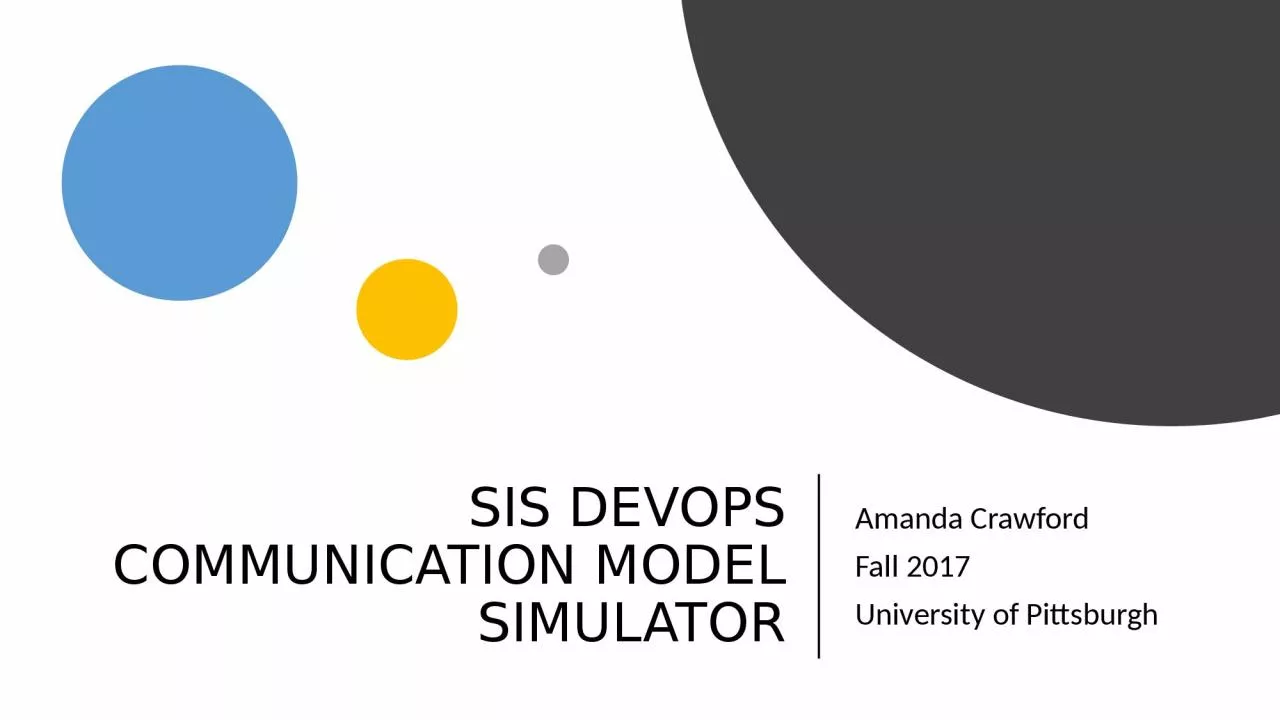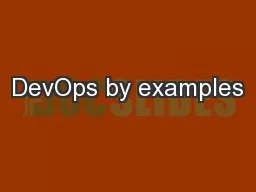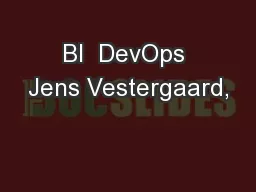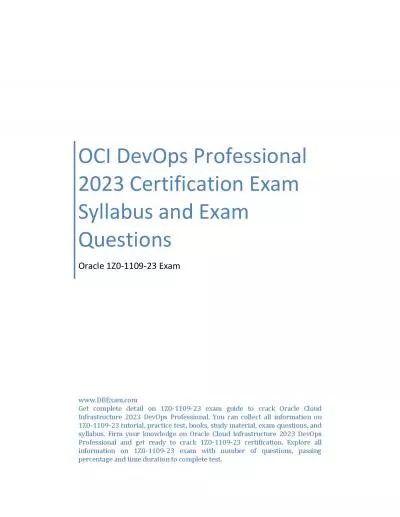PPT-SIS DEVOPS COMMUNICATION MODEL SIMULATOR
Author : HoneyBun | Published Date : 2022-08-03
Amanda Crawford Fall 2017 University of Pittsburgh A Simple Small Agile Development Team Product Owner Responsible for the work item list Epics Lead Developer Scrum
Presentation Embed Code
Download Presentation
Download Presentation The PPT/PDF document "SIS DEVOPS COMMUNICATION MODEL SIMULATOR" is the property of its rightful owner. Permission is granted to download and print the materials on this website for personal, non-commercial use only, and to display it on your personal computer provided you do not modify the materials and that you retain all copyright notices contained in the materials. By downloading content from our website, you accept the terms of this agreement.
SIS DEVOPS COMMUNICATION MODEL SIMULATOR: Transcript
Download Rules Of Document
"SIS DEVOPS COMMUNICATION MODEL SIMULATOR"The content belongs to its owner. You may download and print it for personal use, without modification, and keep all copyright notices. By downloading, you agree to these terms.
Related Documents














